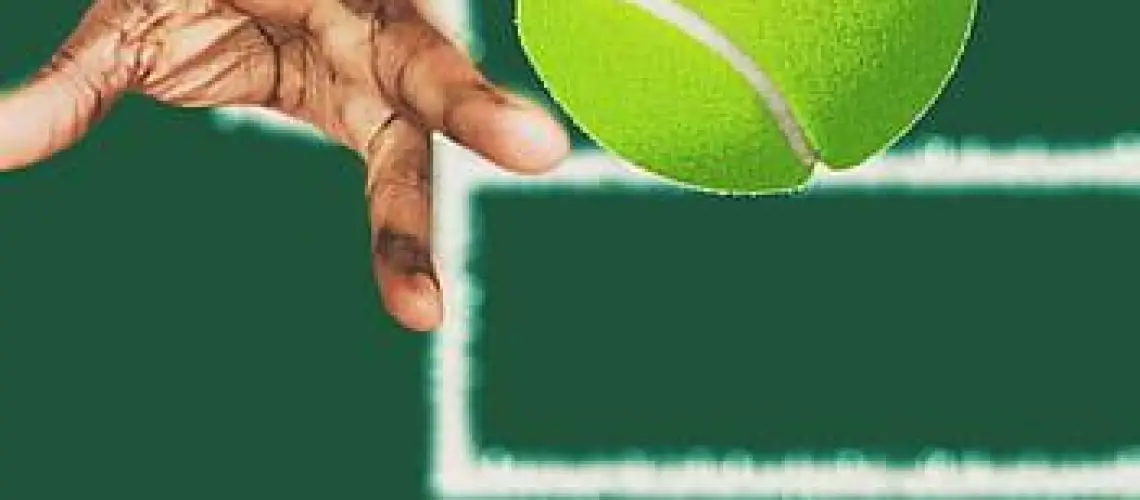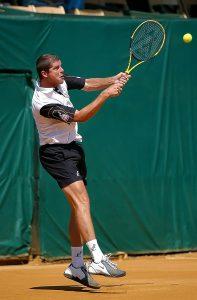We may earn money or products from the companies mentioned in this post.
Brief History of Tennis Balls
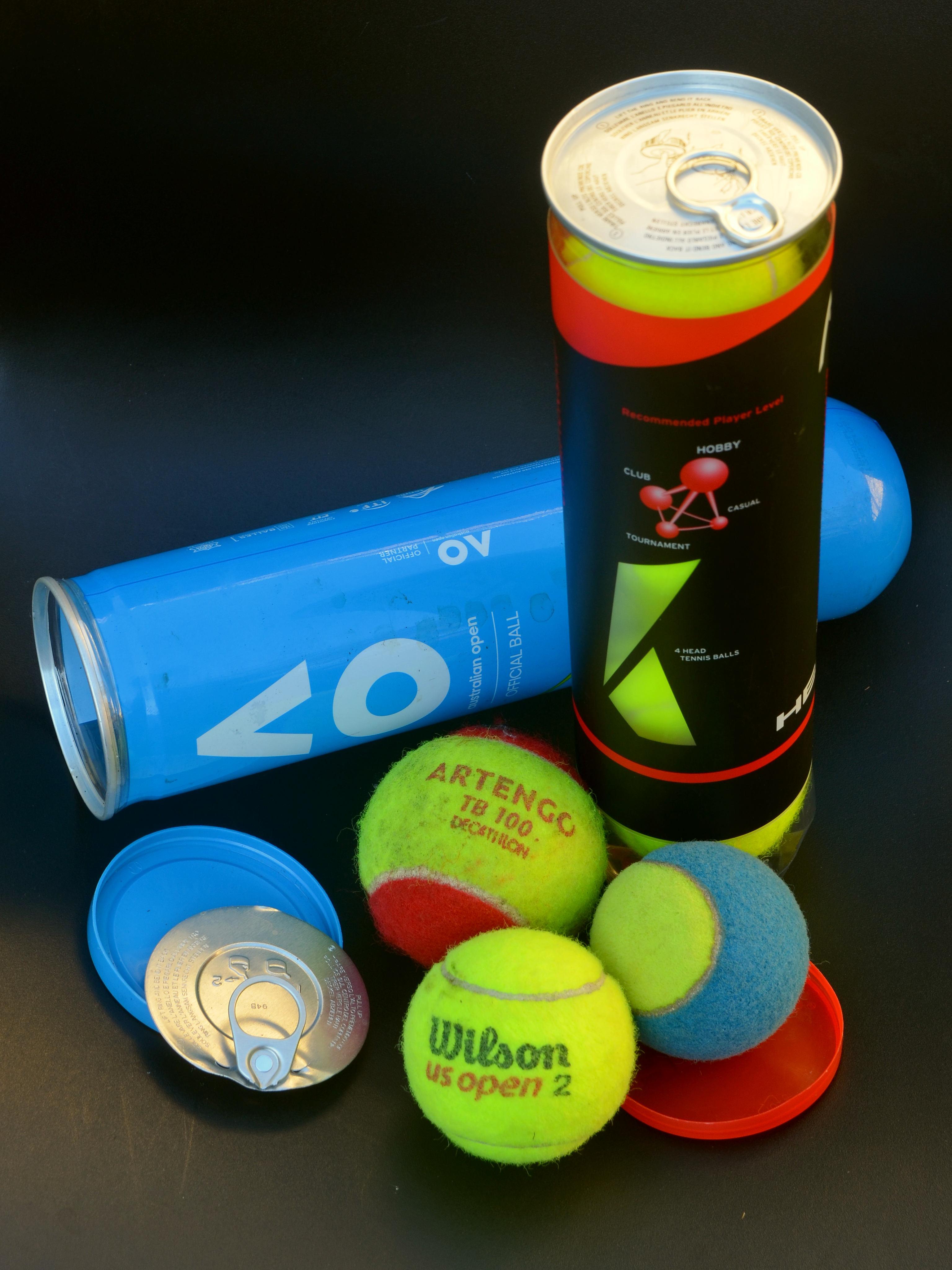
Tennis balls have come a long way since their humble beginnings In the early days, various materials were used to create these essential components of the game Can you imagine playing tennis with rocks or wooden spheres? Well, that’s how it all started
The first tennis balls were crafted from a variety of substances, including leather and even stuffed cloth These primitive versions lacked the bounce and durability we associate with modern tennis balls today As you can imagine, playing a fast-paced game like tennis with such materials would have been quite challenging
However, in the mid-19th century, an important development changed the course of tennis ball history forever: the introduction of rubber Rubber provided both elasticity and resilience to the balls, making them more suitable for gameplay This transition marked a turning point in the evolution of tennis balls
But it didn’t end there; another significant innovation was just around the corner – pressurized air inside tennis balls! This breakthrough came about in 1926 when British engineer Potter patented his design for pressurizing tennis balls using nitrogen gas The introduction of pressurized air gave tennis balls their signature bounce and enhanced performance on the court
Evolution of Tennis Ball Packaging
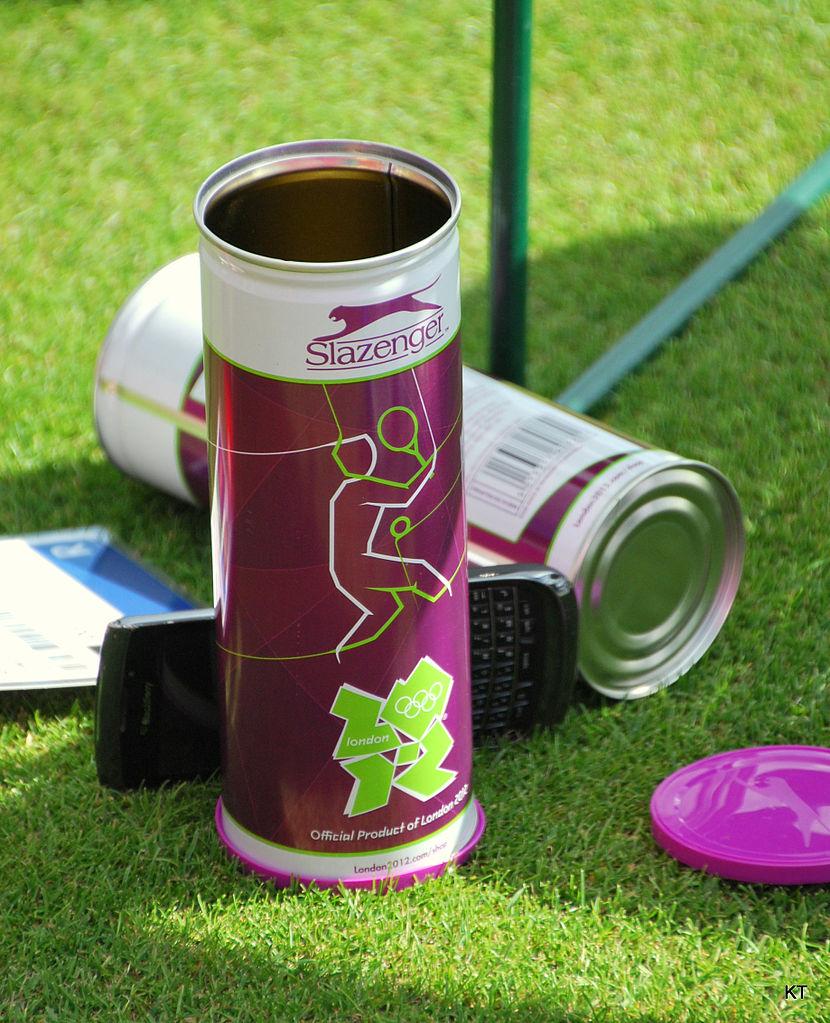
As technology advanced over time, so did the packaging methods for tennis balls Gone are the days when players would receive their new set of balls loose in a bag or box without any protection or branding
1 Role of Technology in Modern Packaging
In today’s world, modern packaging plays an important role not only in preserving and protecting tennis balls but also in enhancing player experience
The advent of advanced manufacturing techniques has allowed for innovative packaging designs that cater to different needs and preferences Tennis ball tubes, for example, provide a convenient way to store and transport balls while keeping them pressurized and in pristine condition These tubes often come with easy-to-use caps or lids that ensure the balls remain secure
Moreover, technology has played a crucial role in creating packaging materials that are both environmentally friendly and visually appealing With increasing consciousness about sustainability, manufacturers have started using recycled or biodegradable materials for tennis ball packaging This shift not only reduces environmental impact but also aligns with the values of many players and consumers
Additionally, modern packaging designs often incorporate branding elements such as logos, colors, and graphics that add a touch of style to the overall presentation Whether it’s a sleek tube design or an eye-catching box, these visual elements contribute to the overall appeal of tennis ball packaging
In conclusion, the history of tennis balls showcases how innovation and technology have transformed both their composition and packaging over time From humble beginnings to high-performance rubber balls filled with pressurized air, tennis balls continue to evolve to meet the demands of players around the world
The Science Behind Tennis Ball Cans
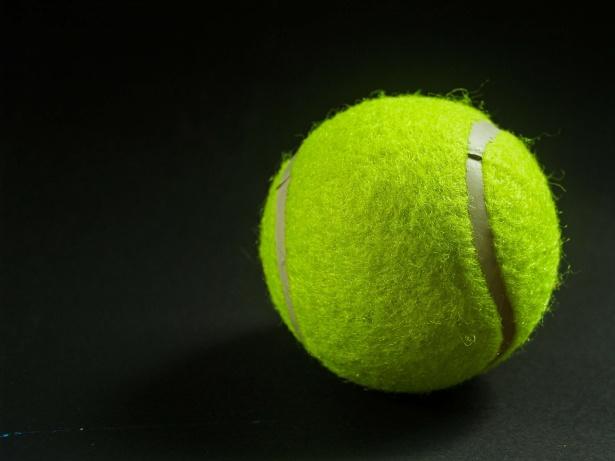
When you step onto the tennis court, have you ever wondered about the science behind those yellow balls? Believe it or not, there’s more to it than meets the eye Let’s dive into the fascinating world of tennis ball cans and explore how they contribute to maintaining ball quality and playability
Pressurization: Key to Maintaining Ball Quality
1 Pressurized vs Non-Pressurized Tennis Balls
Tennis balls come in two main types: pressurized and non-pressurized Pressurized balls are sealed in a canister with air pressure, while non-pressurized balls are not The key difference lies in how the pressure affects their performance on the court
2 How Pressurization Affects Bounce and Playability
The pressurization process plays a crucial role in maintaining ball quality When a tennis ball is pressurized within its can, it creates an internal pressure that helps retain its shape and elasticity This results in consistent bounce characteristics during gameplay, allowing players to predict and control their shots with precision
Sealing Process: Keeping the Pressure Intact
1 Vacuum Sealing Technology
To ensure that tennis balls remain pressurized until they’re ready for use, advanced vacuum sealing technology is employed during the packaging process This method involves removing excess air from inside the can before sealing it shut tightly
2 Aluminum Cans as a Protective Barrier
Another important aspect of preserving ball pressure is the choice of container material Most tennis ball cans are made from aluminum due to its ability to maintain air-tightness and protect against external factors that could potentially affect the pressure inside The sturdy aluminum can acts as a barrier, shielding the balls from moisture, temperature changes, and other elements that could compromise their quality
So, next time you open a fresh can of tennis balls and feel that satisfying pop, take a moment to appreciate the science behind it The pressurization and sealing processes work together to provide players with consistent bounce and optimal playability Now that you know the secrets hidden within those cans, go ahead and enjoy your game with a newfound appreciation for the technology behind tennis ball packaging
The Advantages of Tennis Ball Cans

Tennis ball cans offer numerous advantages, benefiting both players and the environment Let’s explore these advantages in detail
Preservation of Performance Characteristics
One of the key benefits of tennis ball cans is their ability to preserve the performance characteristics of the balls inside Whether you’re playing a casual match with friends or participating in a high-stakes tournament, consistent bounce is crucial for a fair and enjoyable game
By storing tennis balls in cans, you can ensure that they maintain their optimal bounce over time The tightly sealed can prevents air from seeping in and causing the balls to lose their elasticity As a result, each serve and volley will be met with a reliable and predictable response from the ball
Additionally, tennis ball cans help prolong the shelf life of the balls Exposure to air, humidity, and other environmental factors can degrade the quality of tennis balls over time However, by keeping them stored securely in their original packaging, you can extend their lifespan and maintain their performance characteristics for longer periods
Environmental Benefits
Besides preserving performance, tennis ball cans also offer significant environmental benefits compared to alternative packaging options
-
Reduced Waste:
-
Recyclable Nature:
Tennis balls are known for wearing out after extended use on courts In the past, this resulted in numerous discarded balls contributing to waste accumulation However, with tennis ball cans that help prolong their lifespan, there is a reduction in waste generation as fewer balls end up being thrown away prematurely This not only saves money but also minimizes our impact on landfills
Tennis ball cans are typically made of aluminum, a material that is highly recyclable When you finish using the tennis balls, you can easily recycle the cans and give them a new purpose, reducing the demand for new raw materials By choosing products with recyclable packaging like tennis ball cans, you contribute to a more sustainable future
Overall, tennis ball cans offer both practical advantages in terms of performance preservation and environmental benefits through waste reduction and recyclability Consider using tennis ball cans for storing and transporting your tennis balls to enjoy these advantages while minimizing your ecological footprint
Frequently Asked Questions about Tennis Ball Cans
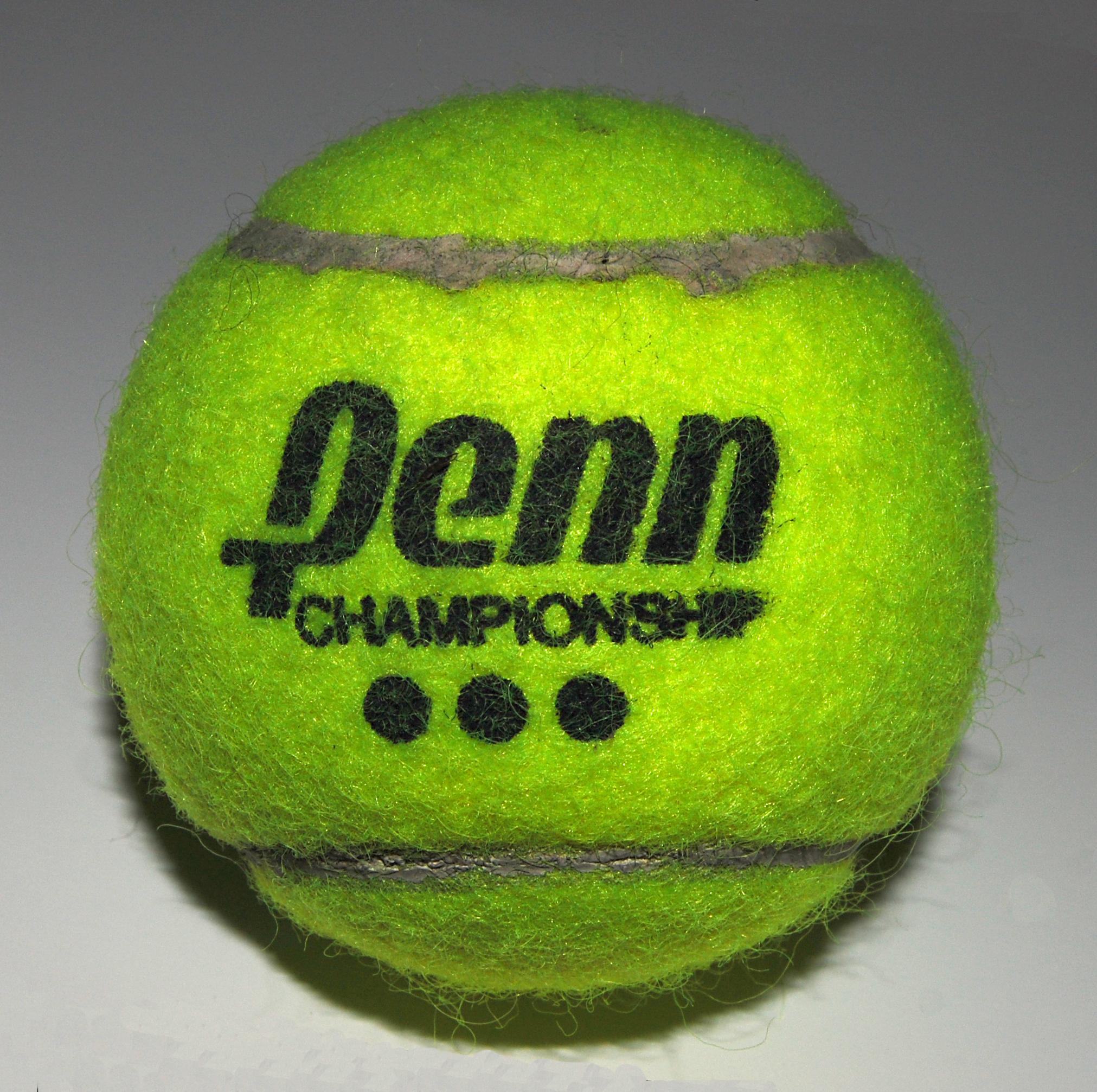
Why are there three tennis balls in a can?
Have you ever wondered why tennis ball cans always contain three balls? It turns out that there are both historical and practical reasons behind this choice Historically, tennis was traditionally played with two balls until the mid-20th century when players started using three balls to ensure a continuous and uninterrupted game The extra ball allows players to quickly replace a worn-out or lost ball without interrupting the flow of play
From a practical perspective, having three balls in a can offers several benefits for both players and manufacturers Firstly, it provides an extra ball in case one gets damaged during gameplay Secondly, it ensures that players have enough fresh balls for extended matches or practice sessions without needing to open multiple cans Lastly, manufacturers find it more cost-effective to package and distribute three balls at once rather than selling them individually
How long do sealed tennis balls last?
If you’ve ever wondered about the shelf life of unopened tennis ball cans, you’re not alone! Sealed tennis balls typically come with expiration dates printed on the packaging These dates serve as guidelines for optimal performance and bounce However, it’s important to note that these dates primarily apply to professional-grade tournaments where consistency is crucial
In reality, sealed tennis balls can still be used even after their expiration date has passed They may lose some of their initial bounce over time but can still provide enjoyable gameplay for recreational purposes To maximize their lifespan, store unopened cans in a cool and dry place away from direct sunlight or extreme temperatures
When should you replace your tennis balls?
Tennis balls eventually wear out due to regular use on various surfaces like clay or hard courts While there is no set timeframe for when to replace them, several signs indicate that it’s time for a fresh set Look out for visible wear and tear, such as a fuzzy felt surface, loss of bounce, or a noticeable decrease in performance
To extend the lifespan of your tennis balls, there are a few tips you can follow Firstly, store them in airtight containers or ziplock bags to prevent moisture absorption and maintain their quality Secondly, avoid using them on rough surfaces like asphalt or concrete, as these can accelerate wear and reduce their lifespan Lastly, rotating between different sets of tennis balls during practice sessions can help distribute the wear more evenly across all the balls
Now that you have answers to these frequently asked questions about tennis ball cans, you’ll be equipped with useful knowledge for your next game or practice session!
Useful Links
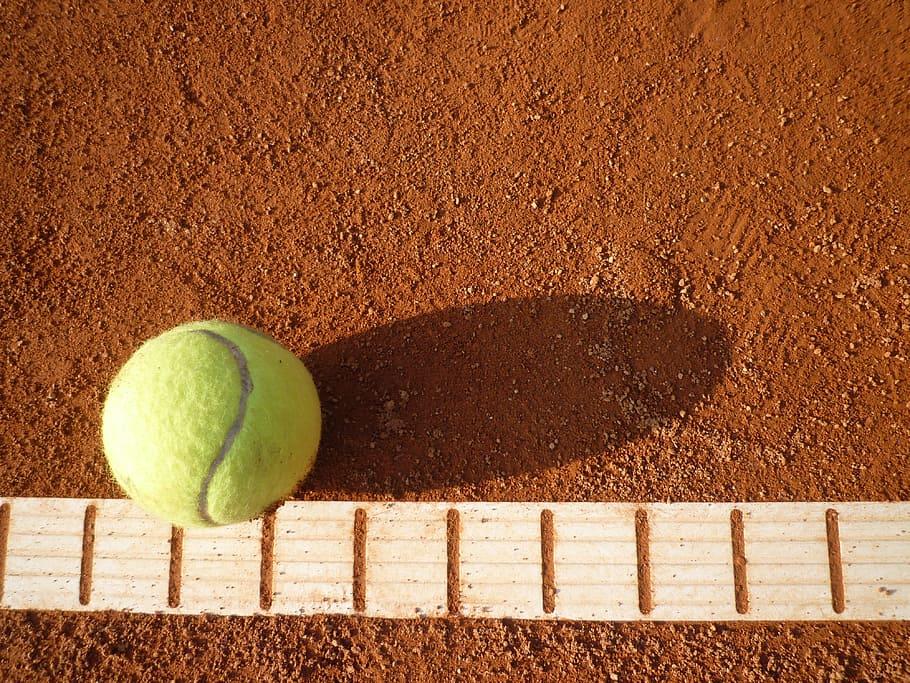
Why Are Tennis Balls In Pressurized Cans? …
Why Tennis Balls Are Sealed In Cans
Why Do They Seal Tennis Balls? – The Racket Life
Definition, Examples, and Common Questions About The Ball
The tennis ball cans – International Tennis Hall of Fame
Why Do Tennis Balls Come In Cans of Three?
Pressureless Tennis Balls vs Pressurized …
Why are Tennis balls Pressurized? (sealed) | 2023
Why Are Tennis Balls Pressurized? Reasons & Science …
Tennis Balls in a Can
How a Tennis Ball Is Made
Tennis Balls
How Long Do Unopened Cans Of Tennis Balls Last?
US Open Tennis balls have a run instead of a solid plastic …
How to Put Tennis Balls on a Walker
How Long Do Tennis Balls Last?
Vintage Tennis Balls: About VTB
HOW LONG DO TENNIS BALLS LAST UNOPENED …
Tennis ball

